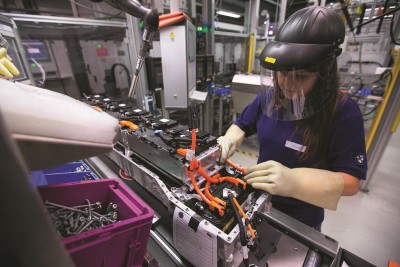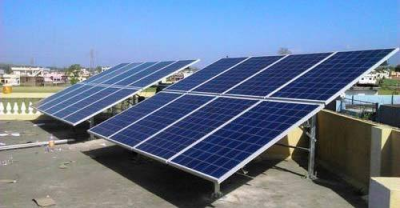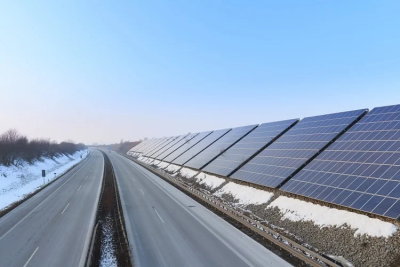The development of ultra-fast charging
lithium-sulfur (Li-S) batteries represents a transformative leap in energy
storage technology, promising to address critical challenges across multiple
industries that rely on high-performance, lightweight, and rapid-recharging
power sources. With growing global demand for efficient and sustainable energy
solutions, particularly in sectors like electric vehicles (EVs), aviation, and
drones, Li-S batteries are poised to play a pivotal role in reshaping the
future of transportation, especially in regions like India, where there is an
increasing push for electric mobility.
One of the most significant advantages of Li-S
batteries is their potential to dramatically improve the performance of
electric vehicles. With energy densities significantly higher than those of
traditional lithium-ion batteries, Li-S batteries can enable EVs to travel up
to 1,000 km on a single charge, a critical factor in making electric
transportation viable for long-distance travel. More importantly, the
ultra-fast charging capability of these batteries means that EVs could be
charged in a fraction of the time currently required by conventional
lithium-ion batteries, potentially reducing charging times to just minutes
rather than hours. This breakthrough would make electric vehicles far more
practical for long-haul journeys and daily use, removing one of the key
barriers to widespread EV adoption. Beyond road transportation, the impact of
Li-S batteries could be even more transformative in aviation, particularly in
the emerging electric vertical takeoff and landing (eVTOL) sector. eVTOLs,
which are designed to provide urban air mobility solutions such as aerial taxis
and short-range air travel, face strict weight and performance constraints.
Lithium-sulfur batteries, with their higher energy density and lighter weight
compared to traditional lithium-ion technologies, offer a promising solution to
meet these challenges. The ability to quickly charge eVTOLs after each flight
would also be a game-changer, enhancing their practicality and efficiency,
which could expedite the development of electric aviation infrastructure.
For India, the commercialization of ultra-fast
charging Li-S batteries presents a unique opportunity to leapfrog traditional
fossil fuel-based energy systems and accelerate the transition to a cleaner,
greener economy. As the country grapples with air pollution, the high cost of
fossil fuel imports, and the pressing need for energy security, the adoption of
electric mobility can play a crucial role in reducing carbon emissions and
improving public health. The ability to deploy EVs with long-range capabilities
and rapid charging cycles would significantly enhance the feasibility of
electric transportation across urban and rural landscapes, making EVs a
practical choice for consumers and businesses alike. Moreover, India stands to
benefit from the economic opportunities created by the global shift toward
green energy solutions. The growth of the electric vehicle market, powered by
innovations in battery technology, could foster a new wave of manufacturing and
technology development. By positioning itself as a leader in the emerging green
energy sector, India could attract significant foreign investment and become a
key player in the global battery supply chain. This could lead to the
development of cutting-edge industries in battery manufacturing, materials science,
and clean energy infrastructure, giving India a competitive edge in the growing
global green economy.
In conclusion, ultra-fast charging
lithium-sulfur batteries are not just a technological breakthrough; they
represent a critical enabler of the clean energy transition. By enhancing the
performance of electric vehicles, facilitating the growth of sustainable
aviation, and offering new economic opportunities, these advanced batteries
could play a central role in shaping the future of transportation and energy
systems worldwide, with India potentially at the forefront of this
transformation.




